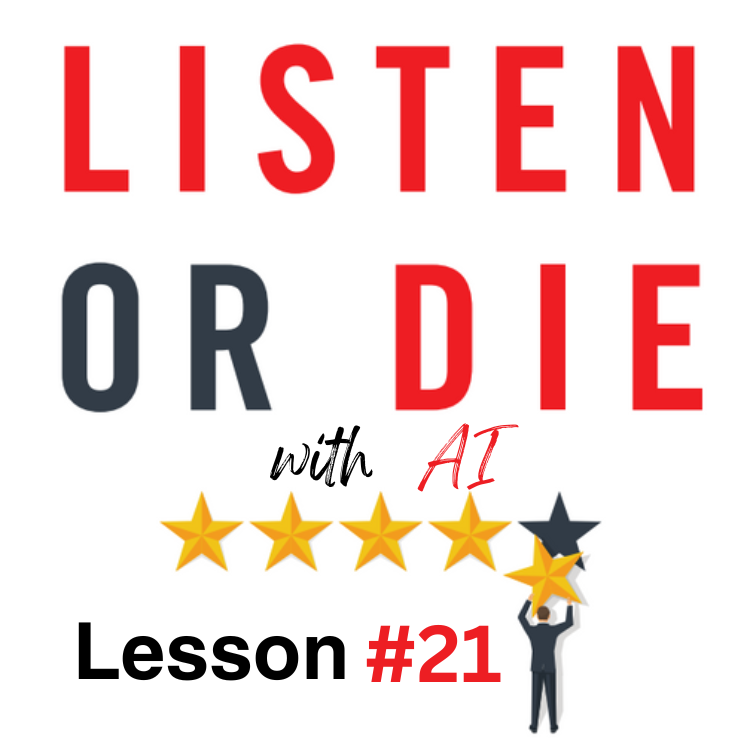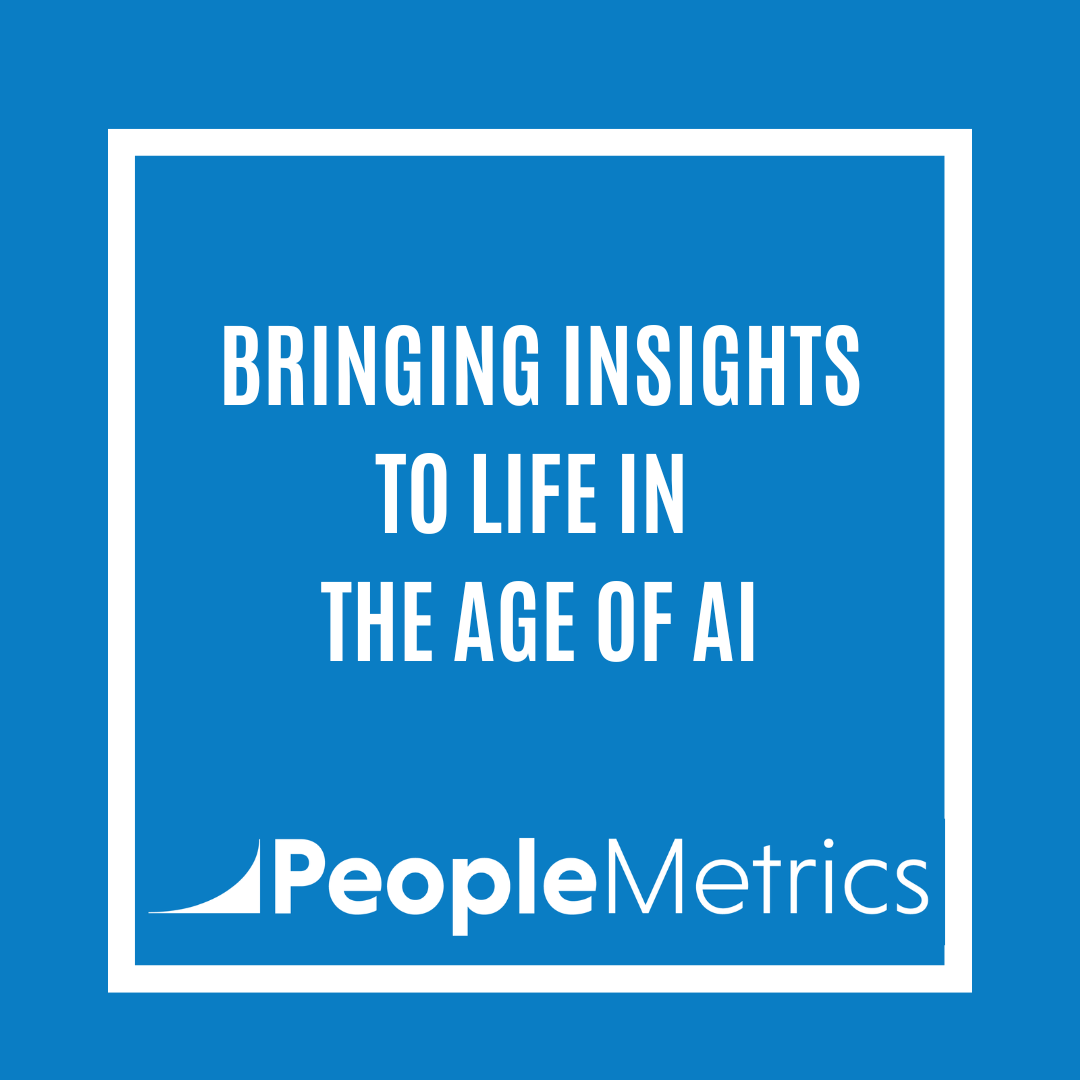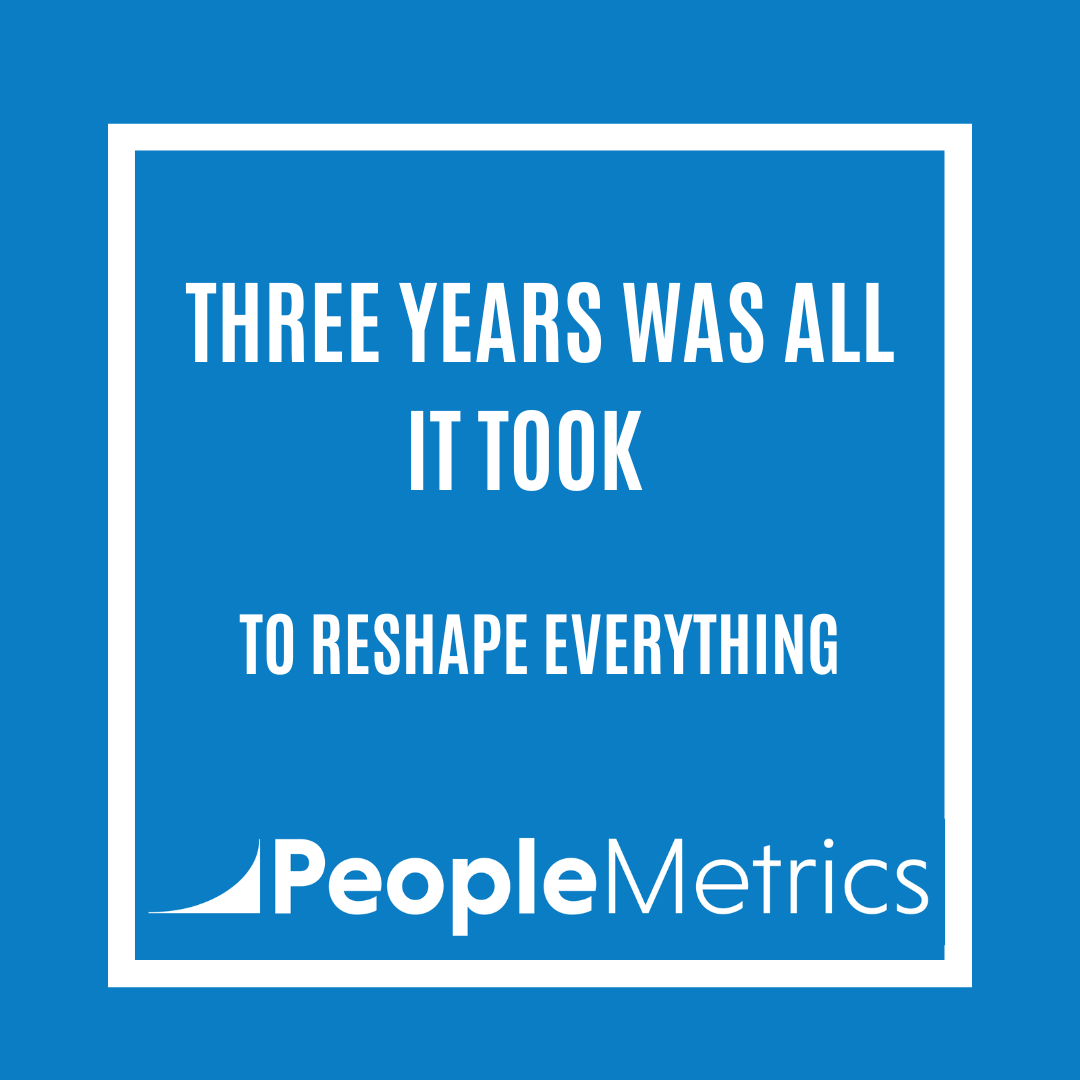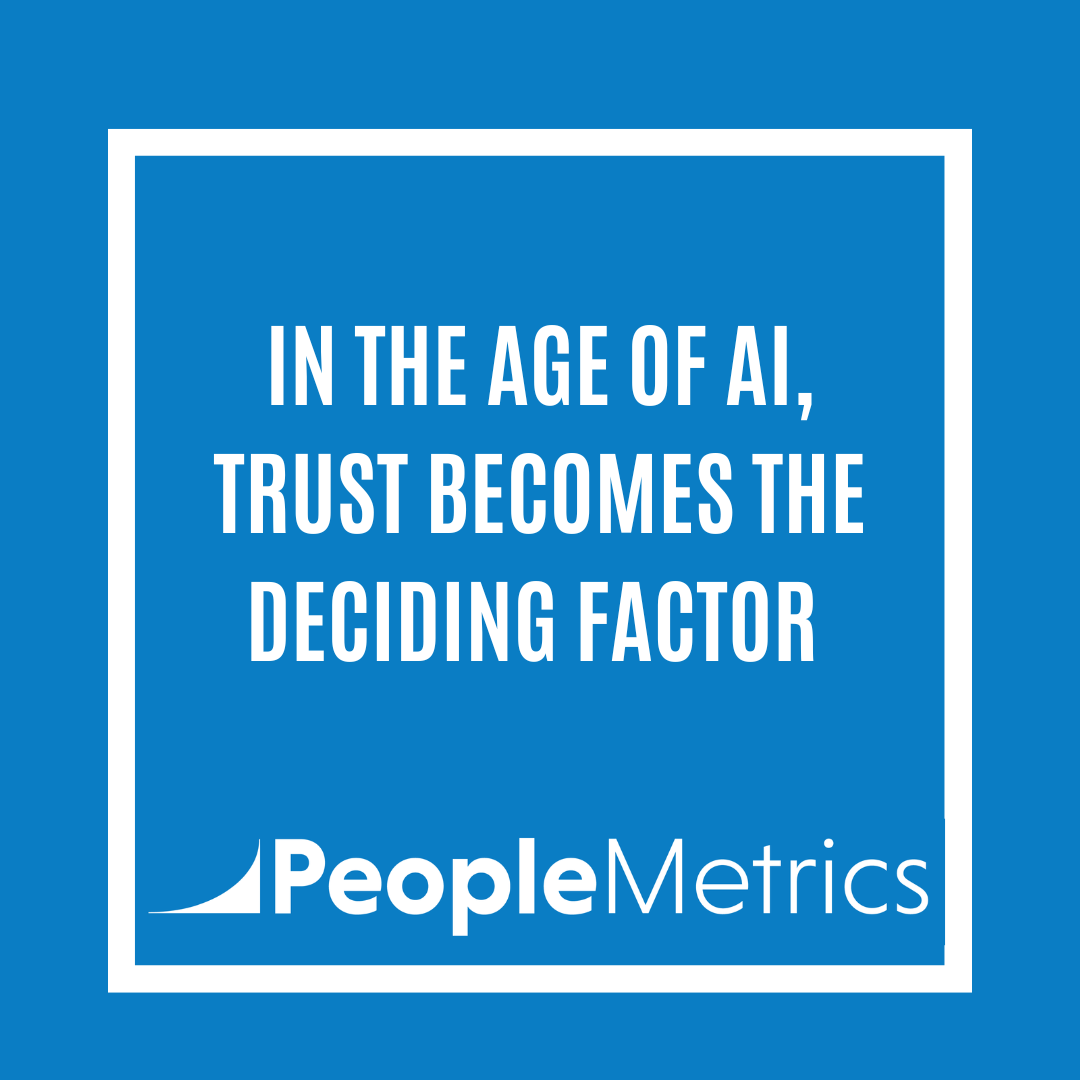Starting a VoC program can feel overwhelming. This was true in 2017 when I wrote Listen or Die and is still true in 2025.
Many organizations rush into transactional surveys, measuring individual touchpoints without first understanding the bigger picture.
That’s why I always recommend beginning with a relationship survey—it gives you a clear baseline of customer sentiment, highlights which touchpoints need attention, and builds momentum for your CX efforts.
AI is now making this process faster and more efficient, but technology alone isn’t enough!
The best VoC programs combine AI-driven insights with human expertise to ensure findings are meaningful and actionable.
How AI is Enhancing Relationship Surveys
- Survey Design and Personalization
AI can help create adaptive relationship surveys that adjust based on customer responses. Instead of asking a generic set of questions, AI-driven surveys can skip irrelevant ones and probe deeper into areas of concern, making surveys shorter while still gathering rich insights. But humans still need to set the strategy—deciding which areas of the customer relationship matter most and ensuring AI isn’t missing the big picture. - Automated Competitive Benchmarking
Relationship surveys often include a competitive comparison section, but traditional benchmarking has been slow and limited by sample sizes. AI can now analyze real-time customer sentiment from reviews, social media, and survey responses, automatically integrating competitive insights into your VoC program. However, a human touch is essential to interpret these insights within the context of your business and industry. - Text Analytics for Deeper Insights
AI-powered natural language processing (NLP) can quickly analyze open-ended survey responses at scale, identifying common themes, emerging issues, and sentiment shifts. This eliminates the need for manually reading thousands of responses—but AI alone isn’t enough. CX and market research professionals need to validate these insights, ensuring AI is capturing what really matters and spotting nuances that an algorithm might miss. - Predictive Modeling for CX Prioritization
AI can now use past survey data combined with customer behavior patterns to predict which issues are most likely to drive churn or dissatisfaction. But while AI can surface trends, humans still need to decide on the best course of action. An AI model might flag “long wait times” as a recurring issue, but leadership needs to determine whether the best solution is hiring more staff, improving self-service options, or adjusting call center training.
The Balance Between AI and Human Expertise
AI makes relationship surveys faster, smarter, and more efficient—but as I point out in every blog post, it’s not a replacement for human judgment.
The real power comes from CX and market research leaders who use AI as a tool to enhance decision-making, not replace it.
As AI-native survey platforms evolve, the best VoC programs will be those that blend AI-driven automation with human-driven strategy, empathy, and action.
If you’re launching a VoC program, start with a relationship survey—but don’t just rely on AI to tell you what’s important. AI can uncover insights, but it takes human expertise to make them actionable.
Your Turn
How are you balancing AI and the human touch in your VoC program? Let me know in the comments!





